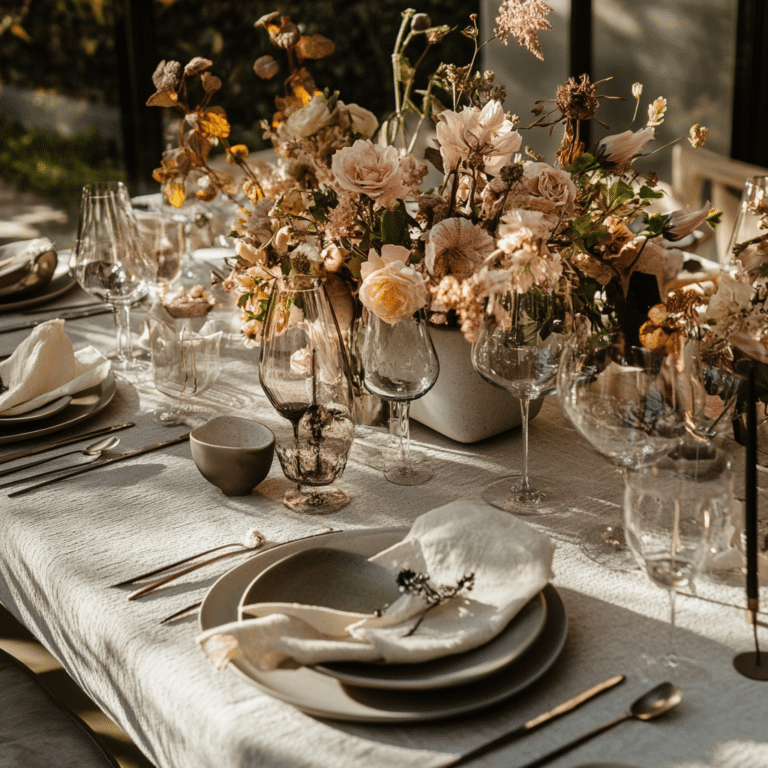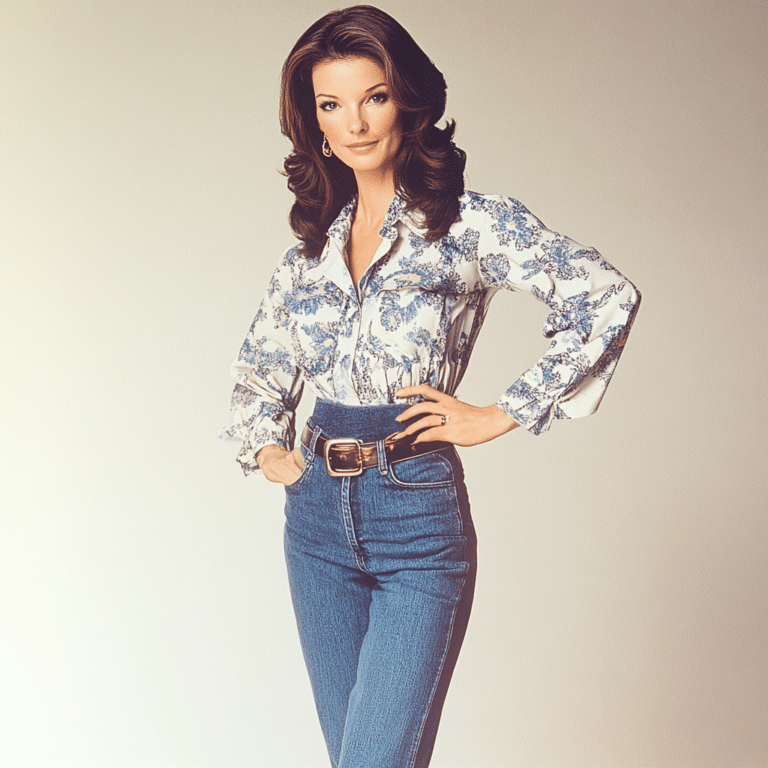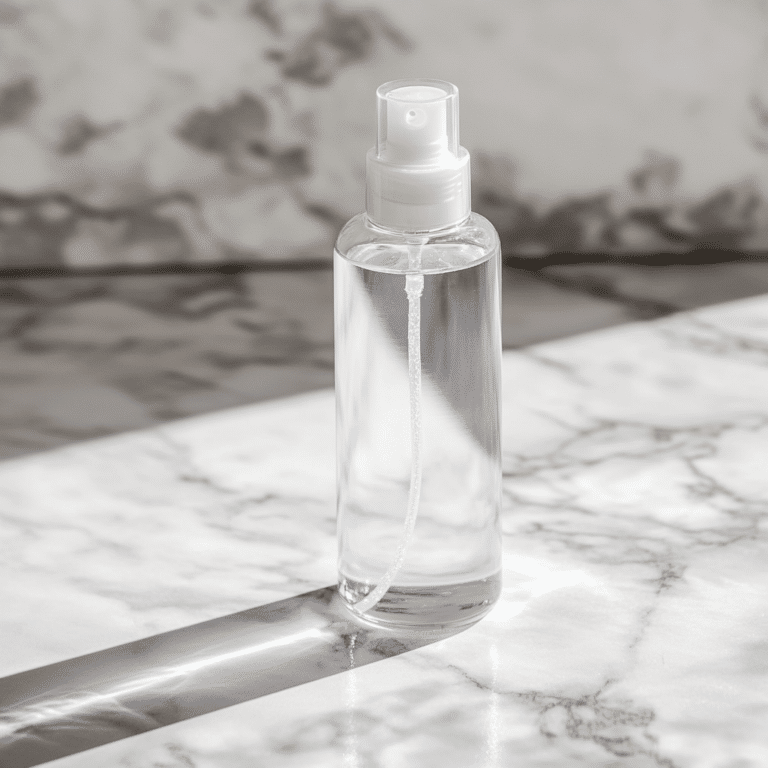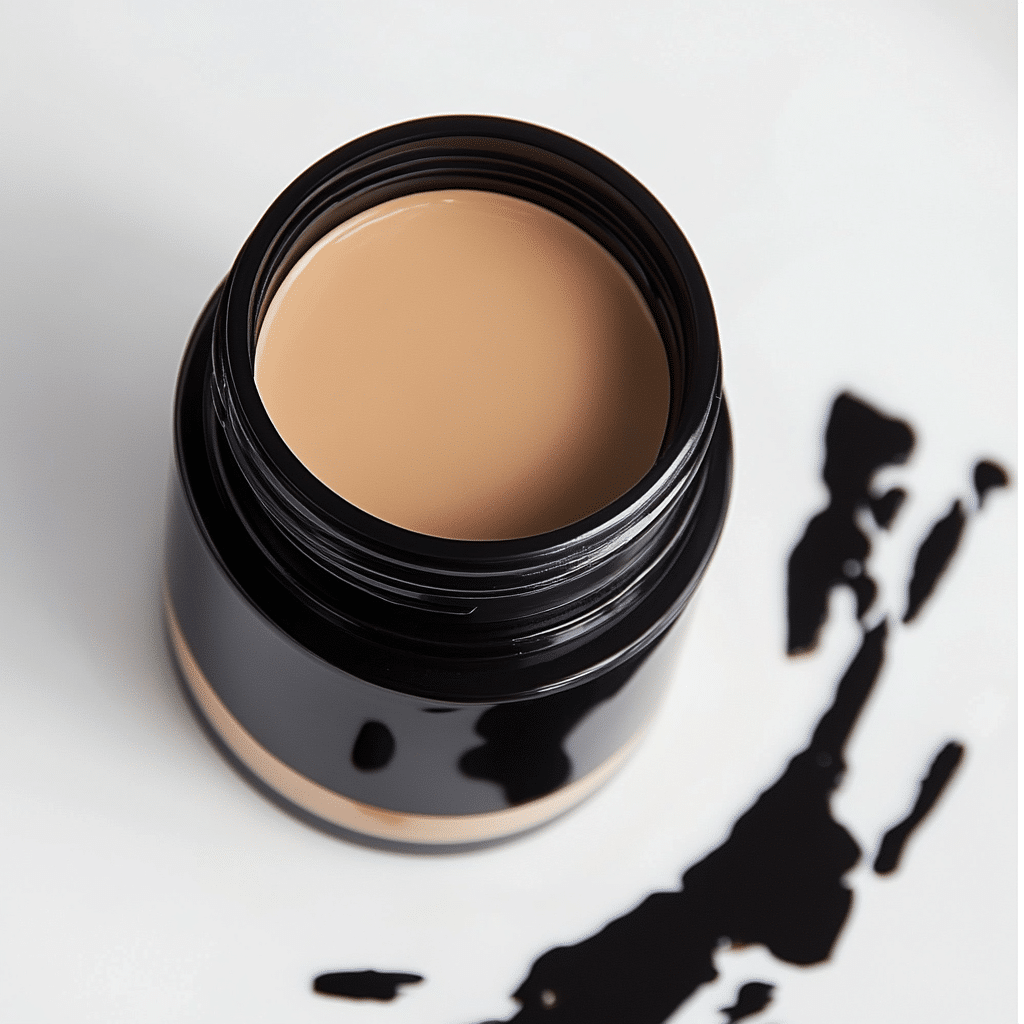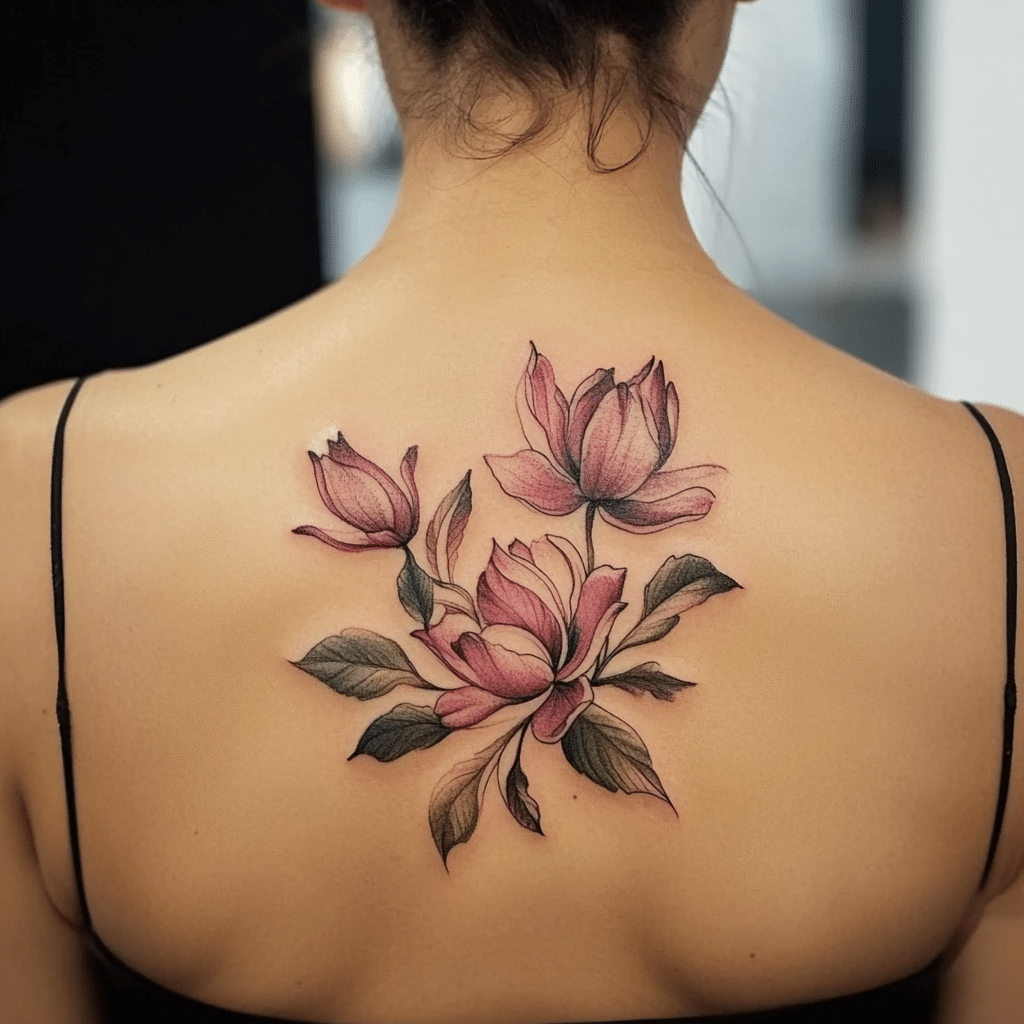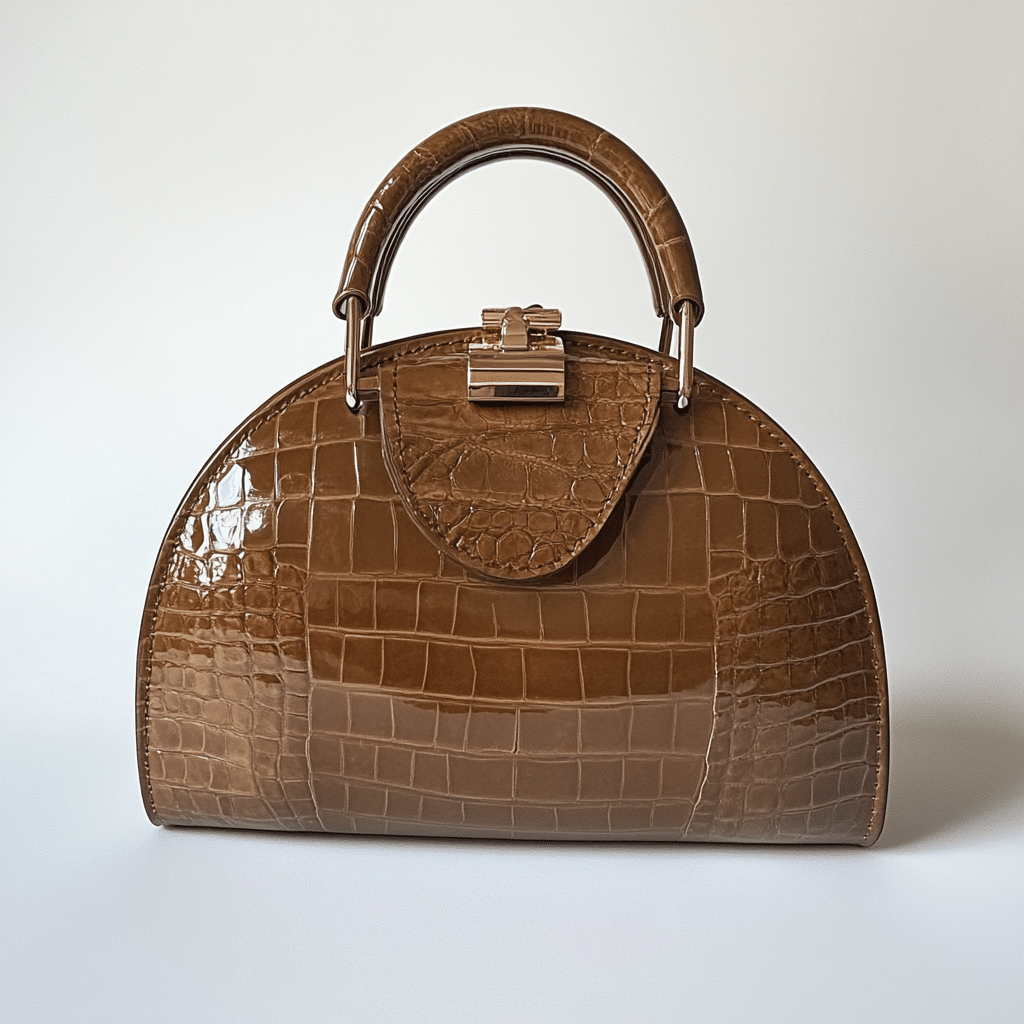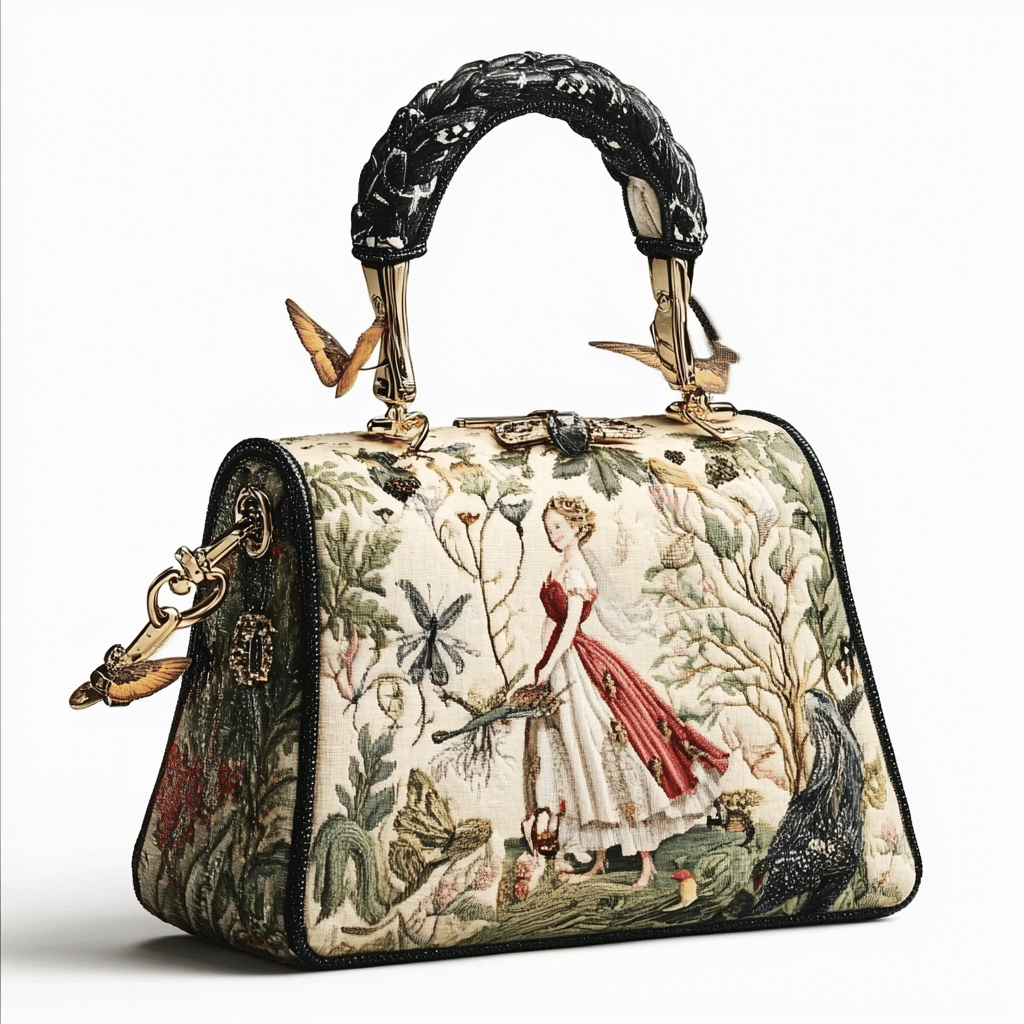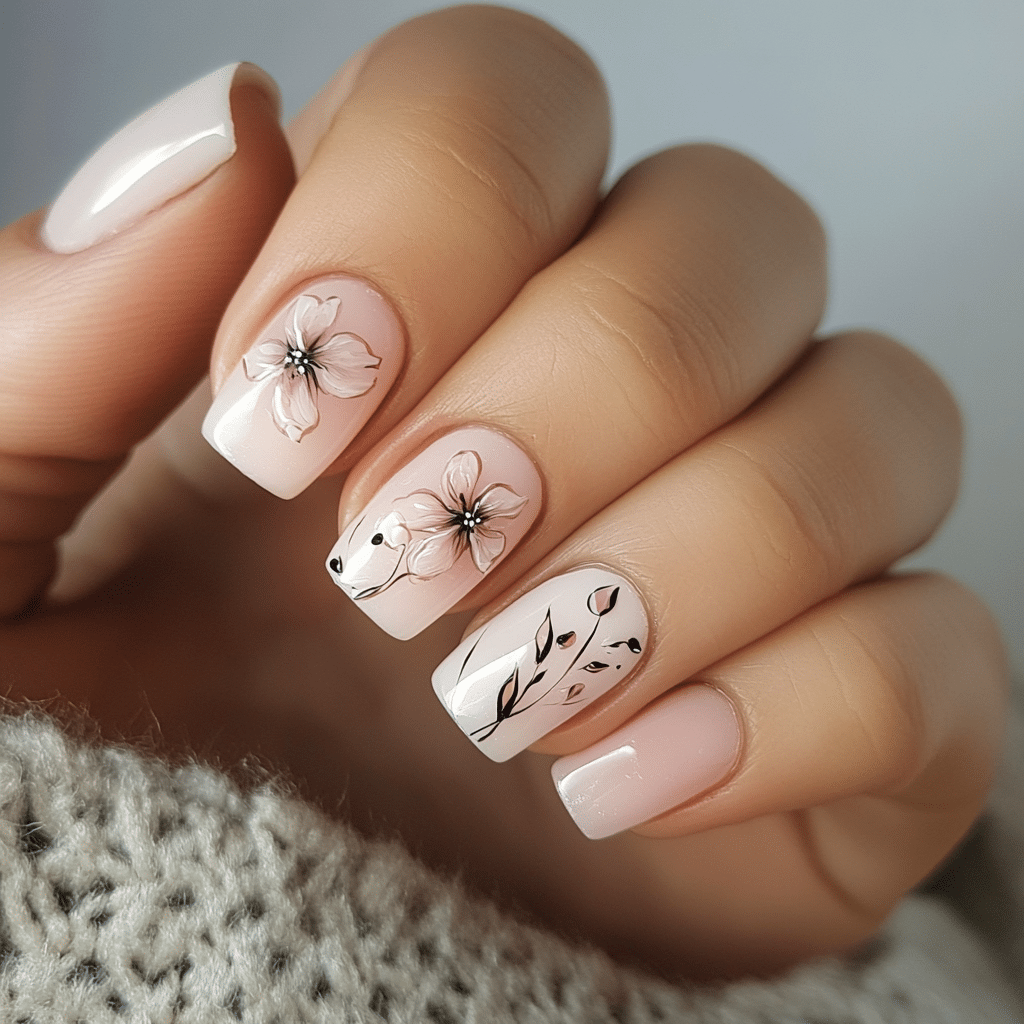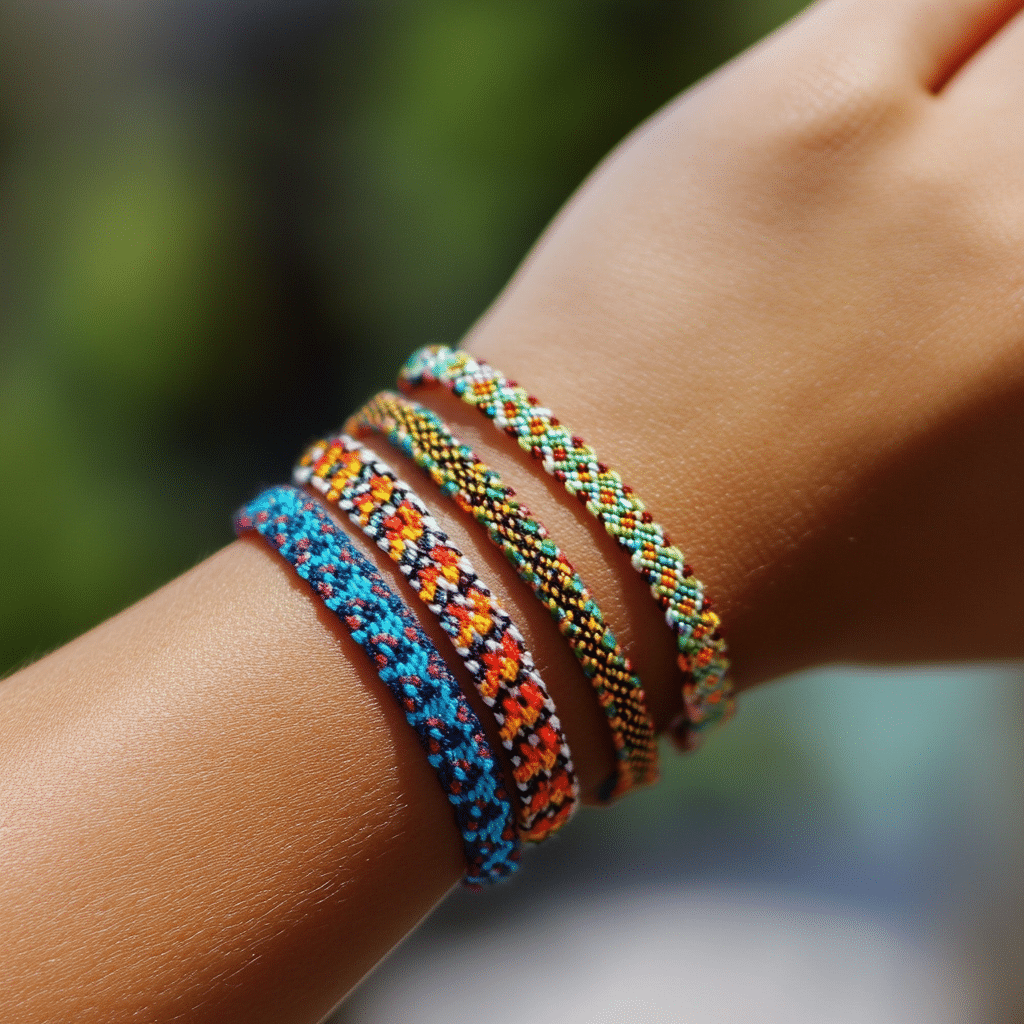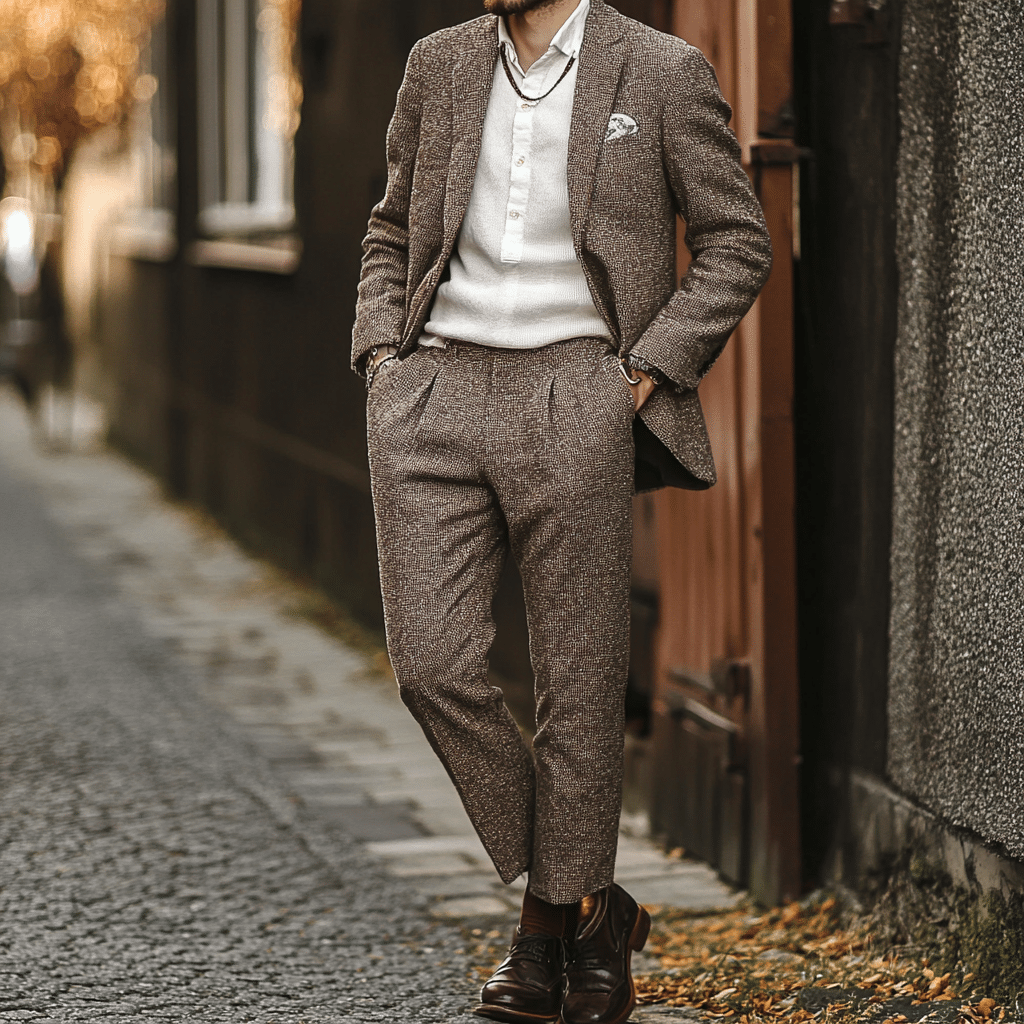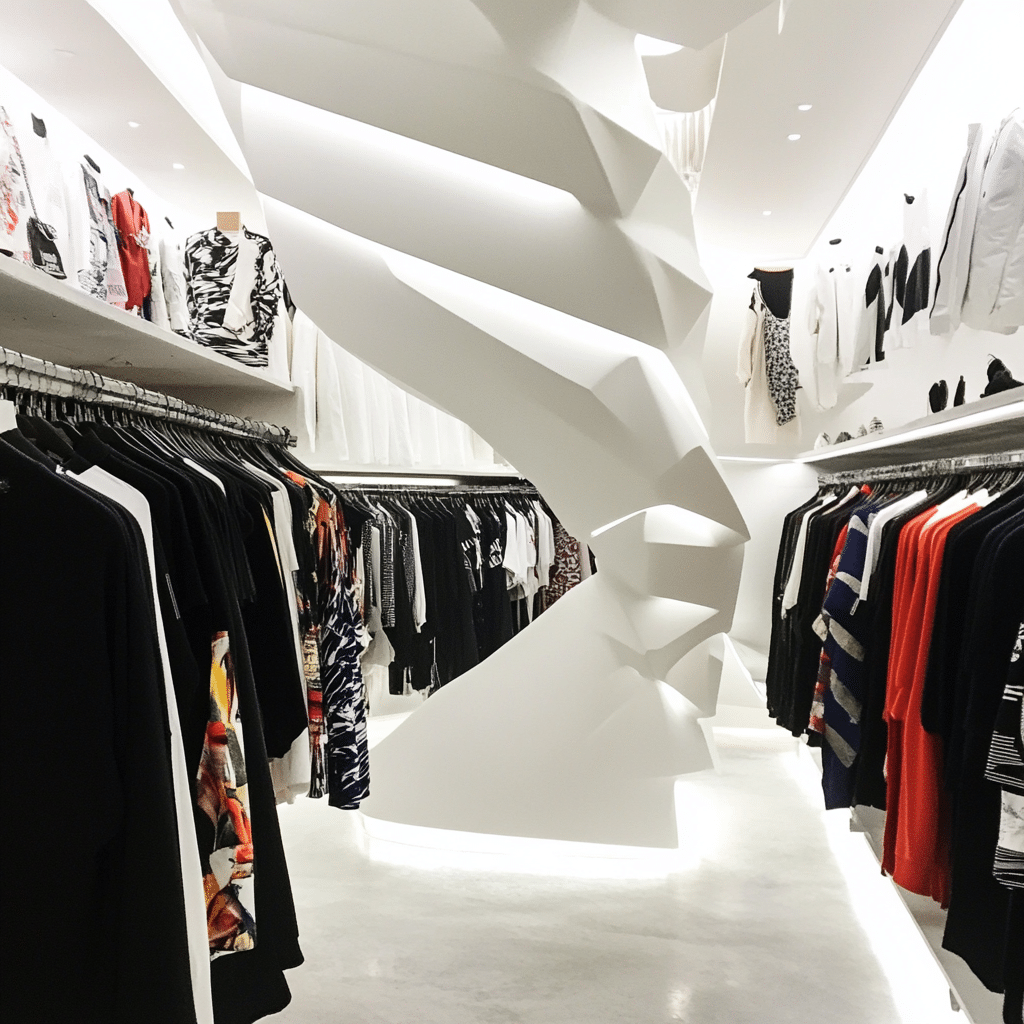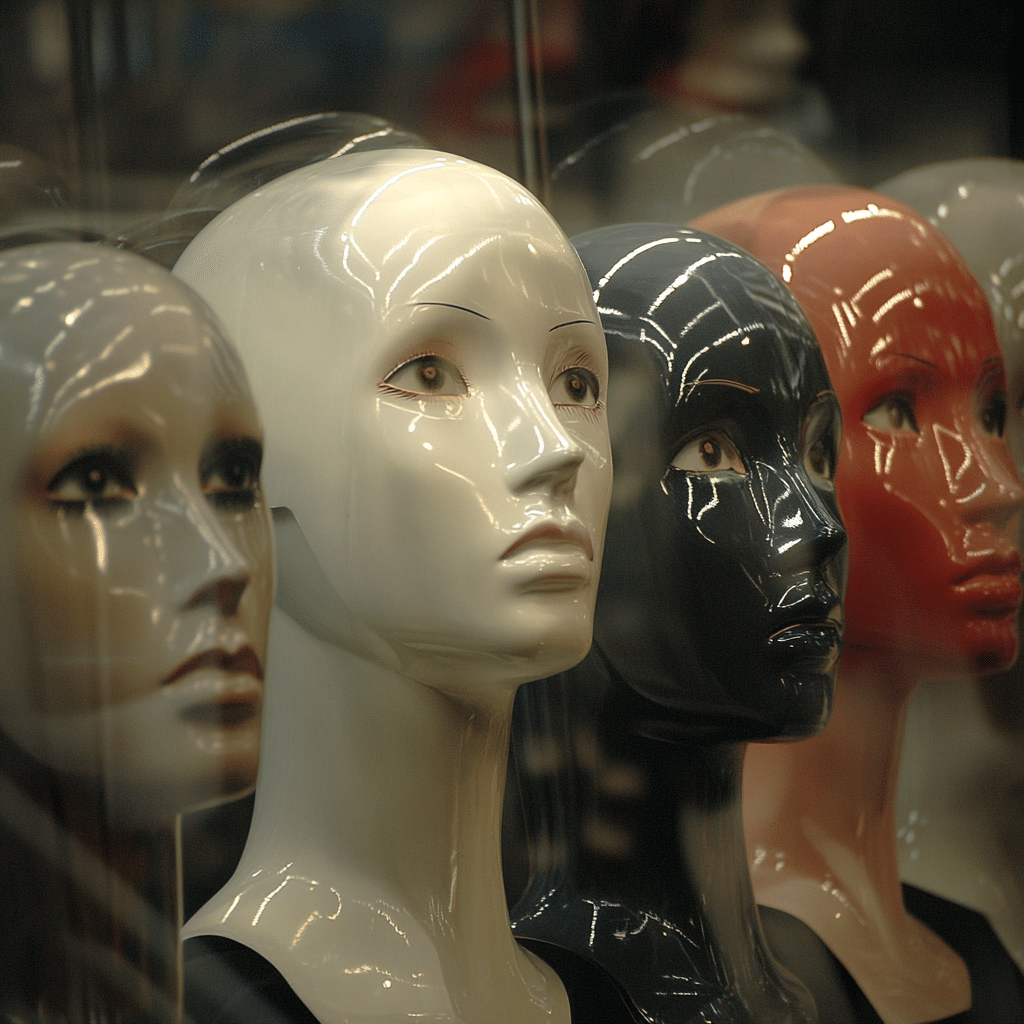In the bustling world of fashion, there’s a material that stands out for its unmatched quality and rich history—Japanese denim. This exceptional fabric embodies a unique combination of heritage and innovation, a tapestry woven through time that speaks volumes about craftsmanship and tradition. When you slip into a pair of Japanese denim jeans, you’re not just donning stylish attire; you’re embracing a legacy that thrives on durability, vibrant indigo hues, and those enchanting fading patterns that tell their own story.
Japanese artisans are the unsung heroes behind this fabric’s prestige, employing ancient techniques and utilizing vintage shuttle looms for optimal results. These time-honored looms produce selvage denim that’s not just fabric, but art, ensuring every stitch and weave speaks to the fabric’s durability and character. Brands such as Nano Universe and Visvim exemplify this cultural richness, where every piece echoes meticulous design and artistry that resonates with the discerning fashionista. Simply put, Japanese denim is crafted for those who appreciate quality and style.
The Art of Japanese Denim Craftsmanship
Hefty and rugged, Japanese denim thrives not only for its looks but also for its intricate manufacturing process. Each pair of jeans can take several months to complete—a true labor of love where raw materials are carefully selected, dyed, and crafted. One hallmark of superior Japanese denim is the use of shuttle looms, renowned for producing a tighter, denser weave. While modern looms produce fabric more quickly, they simply can’t match the artistry that comes from those vintage methods. The result? Stiff but sturdy denim that retains its character and integrity.
Take a moment to appreciate the artistry that goes behind the scenes. The illustrious rope dyeing technique, integral to achieving that deep indigo hue, involves dipping the yarn multiple times into dye. This painstaking process results in a vibrant color that only gets richer over time. As these jeans age, the subtle fraying and fading create a personalized silhouette, allowing wearers to express their individuality in a way that commercial brands can’t replicate.
Interestingly, some Japanese denim creators have started incorporating sugar wax into their processes, adding a twist to traditional methods. Sugar wax enhances the texture and introduces water resistance that elevates the fabric’s quality. This clever innovation melds age-old craftsmanship with modern textile engineering. It’s precisely this kind of ingenuity that keeps Japanese denim at the forefront of fashion—delighting those in the know while challenging the conventions of fabric production.
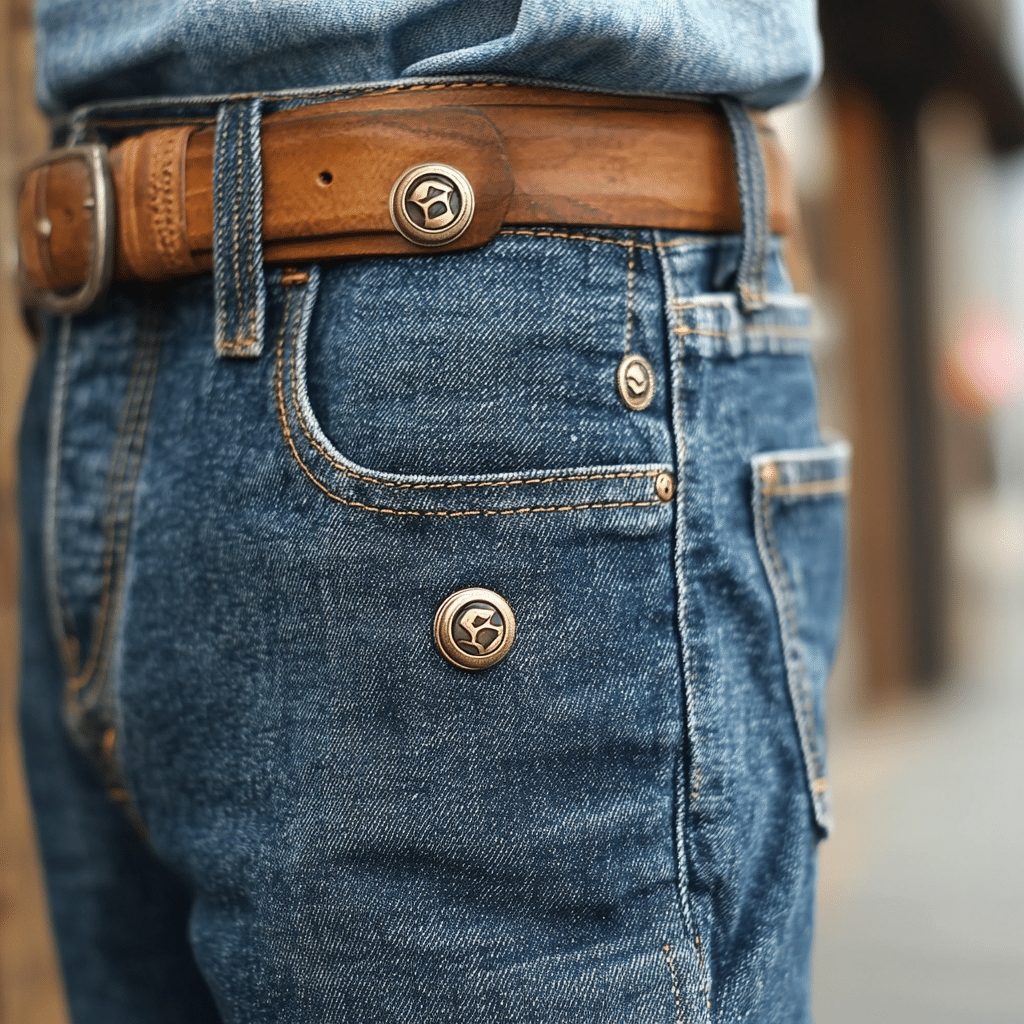
Top 7 Brands Defining Japanese Denim Excellence
Momotaro is a beacon in the world of Japanese denim, priding itself on authentic craftsmanship. The brand showcases unique embellishments tied to Japanese culture, including the signature “two white stripes” on their jeans—a symbol of their commitment to quality.
What happens when traditional weaving meets modern aesthetics? Studio D’Artisan, one of the denim pioneers, offers just that. With natural indigo dye and bespoke fabrics, they’ve proved that innovation and sustainability can go hand in hand.
Bold and unrestrained, Naked & Famous pushes the boundaries of denim design. Their quirky takes on fit, like the “weird guy” and “skinny guy,” together with daring materials—most notably a limited-edition line incorporating bee pollen benefits for added texture—make them a must-watch in the denim scene.
Minimalism meets high quality at A.P.C., where each piece radiates class. The brand’s sleek and well-constructed jeans prioritize craftsmanship, creating timeless staples that only get better with age.
The magic of Kato Branding lies in its blend of Japanese techniques and American spirit. Each limited-edition piece carries unique distressing and fading, resulting in denim that feels entirely one-of-a-kind.
When tradition meets sustainability, we find Sugar Cane. Utilizing rare fabric blends, this brand crafts denim from sugar cane fibers, driving home the message that eco-friendly can indeed be fashion-forward.
For those who live life on the rugged side, Iron Heart’s heavy-weight denim delivers durability like no other. Extending way beyond your average jean, these heavyweight fabrics are built to sustain active lifestyles and serious wear.
Behind the Scenes: The Craftsmanship Journey
Walking through the world of Japanese denim is like stepping into a gallery of craftsmanship. Each pair tells its own story, born from a series of painstaking stages that emphasize high-quality production. The average pair of Japanese denim can take months to create, allowing artisans to pour love and attention into selecting the highest-quality raw materials. Those esteemed Toyoda looms give the denim an uneven and intentionally raw texture—the richness is what gives it a distinct personality.
So, what about those unconventional ingredients? For instance, as mentioned, some manufacturers incorporate sugar wax into their denim creation. This addition not only elevates the fabric’s feel but also adds a hint of water resistance, providing practicality amidst artistry.
Moving on to the newfound trend of bee pollen in denim that’s creating ripples in the fashion pond. Jumping aboard the sustainability train, some denim makers are recognizing the merits of bee pollen for its natural antibacterial properties—keeping the fabric fresher and longer-lasting. These shifts hint at a narrative that’s both innovative and responsible, intertwining environmental consciousness with superior craftsmanship.
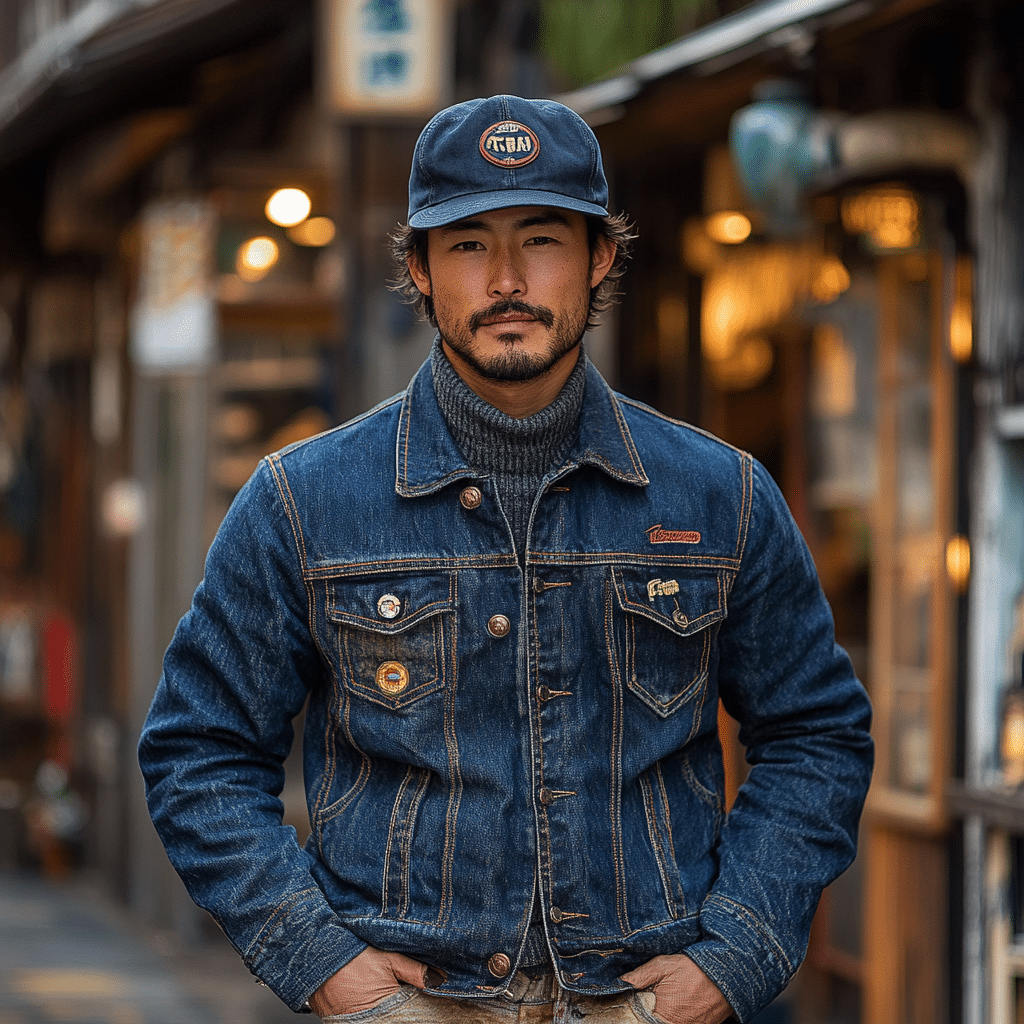
The Future of Japanese Denim
As we journey through 2024, the landscape of Japanese denim continues to flourish, riding on a wave of tradition and innovation. It promises more than just fashion—it stands as a testament to textile arts. Sustainable practices are becoming second nature for brands, who are diligently working to minimize environmental impacts while customizing outstanding products that reflect their heritage.
Japanese denim remains anchored in the realm of quality and style, serving as a coveted choice among fashion enthusiasts. By educating consumers about the artistry involved in creating these garments, brands are ensuring that the respect and appreciation for Japanese craftsmanship will only grow. As discerning fashion aficionados continue to gravitate toward high-quality denim, the allure of Japanese artistry stands timeless—a stylish promise woven into the fabric of our lives.
Indeed, when you think about quality and elegance in denim, think Japanese denim. Whether it’s the rich expert touch or the crisp, modern look, this fabric captures the hearts and wardrobes of folks all around the world. From seasoned denimheads to trendy newcomers, the love for Japanese denim is woven deep. Time to embrace it.
Japanese Denim: The Artisan Craft Behind Quality
The Roots of Japanese Denim
Did you know that Japanese denim has its origins when vintage American jeans first hit the islands after World War II? Japanese artisans, inspired by this American heritage, became dedicated to reviving traditional weaving techniques. This effort led to the creation of high-quality fabric that not only rivals but often surpasses Western standards. It seems like everyone is drawn to the allure of exceptional craftsmanship, much like the fascination with Olan Prenatt and his artistic endeavors that reflect a similar commitment to skill and authenticity.
The Art of Weaving
One of the secrets behind premium Japanese denim is the use of selvage—a process that creates a clean, finished edge to prevent unraveling. This feature isn’t just about looks; it contributes to the durability of the fabric. Moreover, brands often employ ancient shuttle looms, which produce smaller quantities of denim but with an exceptional feel. Much like Stoke Mandeville has transformed the world of sports and rehabilitation, Japanese denim has revolutionized fashion by preserving traditional methods while catering to contemporary tastes. It’s a blend of old and new that many can’t resist.
A Cultural Connection
In the same vein, there’s a cultural significance wrapped in every pair of Japanese jeans. The Japanese often embrace the term “senpai,” which implies mentorship and respect for craftsmanship, much like the relationships nurturing these denim artisans. Speaking of unique cultural phenomena, did you know that enjoying 0 calorie Snacks has become a trend among fashion-forward individuals who prefer to indulge without the guilt? This light-hearted approach to lifestyle reflects a growing appreciation for quality in all aspects, especially when it comes to clothing.
In a world where mass production looms large, the appreciation for quality denim remains steady. Fabric enthusiasts, akin to fans of Chrome Hearts, value limited editions and the stories behind their pieces. Quality is king, and Japanese denim epitomizes this ethos. So, whether you’re strolling the streets or dressing up for an occasion, remember that every pair tells a story of meticulous craftsmanship, dedication, and cultural reverence.
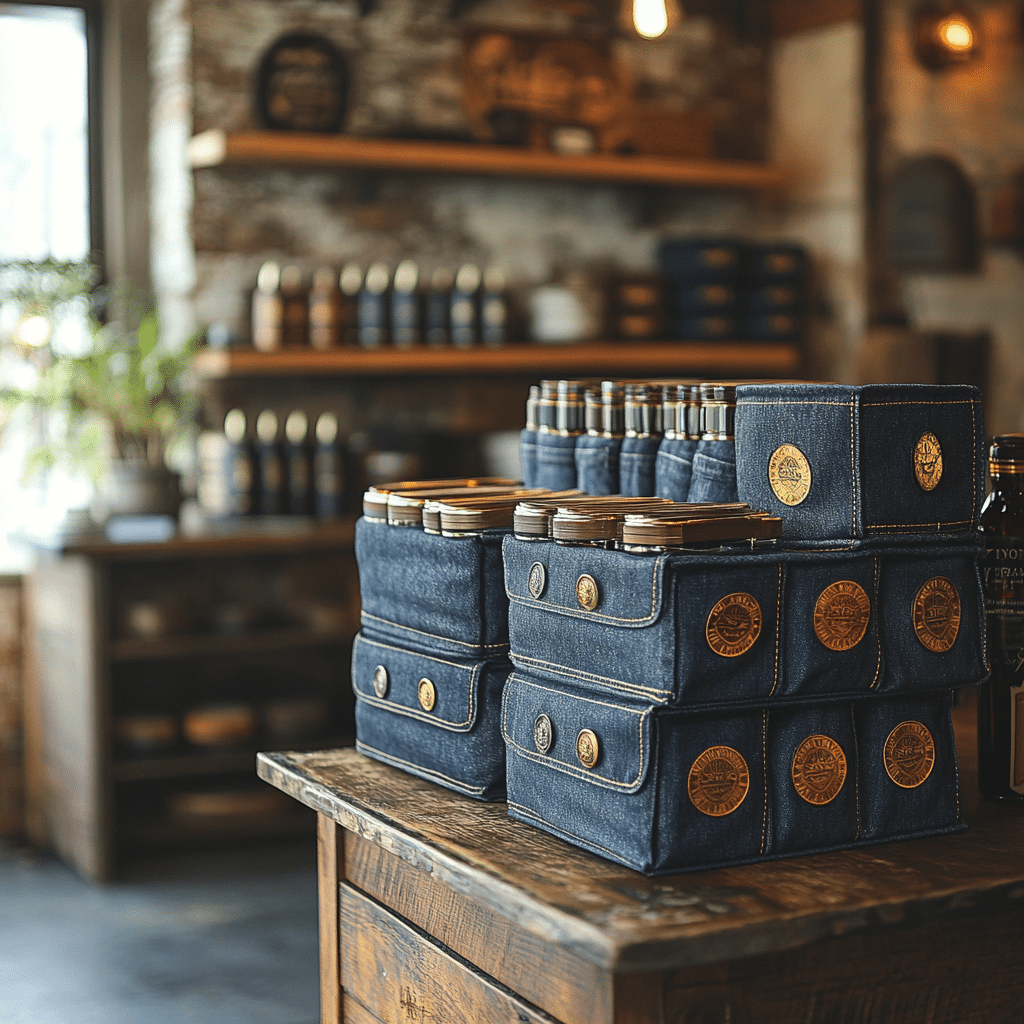
What is so special about Japanese denim?
Japanese denim stands out because it’s made using traditional shuttle looms, which weave a tighter, denser fabric compared to modern looms. This old-school method gives the denim unique textures and qualities that fans love.
Why Japanese denim is so expensive?
The price tag on Japanese denim often comes down to the craftsmanship involved. It’s produced on vintage weaving looms that move slower and yield less fabric, making each piece a labor of love that’s reflected in the cost.
What is the difference between Japanese denim and regular denim?
Japanese denim differs from regular denim mainly due to the weaving technique and materials used. It’s typically stiffer and has a more robust feel because it’s loomstate, meaning it hasn’t been washed or altered post-production.
Is Levi Japanese denim?
Levi’s does carry some Japanese denim, particularly through their Levi’s® Made & Crafted® line, which sources fabric from the respected Kaihara Denim Mills in Japan for its high quality.
Why are Levi’s made in Japan so expensive?
Levi’s jeans made in Japan can be pricier due to the quality of the denim and the craftsmanship involved in creating them, along with the allure of limited production runs.
Does Japanese denim fade?
Yes, Japanese denim does fade, but it fades beautifully over time, developing a unique patina that many denim enthusiasts cherish.
Is Uniqlo denim Japanese?
Uniqlo denim isn’t exclusively Japanese denim, though they do produce some lines in Japan, so quality can vary across their products.
What is the most expensive pair of denim?
The most expensive pair of denim has hit outrageous prices at auctions, sometimes reaching thousands of dollars due to rarity and brand reputation, like certain vintage Levi’s pieces.
Why is self edge so expensive?
Self edge is pricey because it represents a quality marker and necessitates careful, skilled craftsmanship and traditional techniques that take time to produce.
Can you wash Japanese denim?
You can wash Japanese denim, but it’s recommended to do so sparingly and with cold water to avoid unwanted shrinkage and fading.
Are Levi jeans real denim?
Yes, Levi jeans are made from denim, and they’re known for their durability and classic styles that have stood the test of time.
How to know if it’s Japanese denim?
To identify authentic Japanese denim, look for specific features like selvage edges, unique texture inconsistencies, and tags indicating Japanese manufacture or seams that show quality stitching.
Is Japanese denim high quality?
Japanese denim is considered high quality because of the materials, attention to detail, and traditional weaving methods that create a distinctly superior fabric.
What was the old name for Levi’s jeans?
Levi’s jeans were originally known as “waist overalls,” reflecting their sturdy construction as workwear back in the day.
Why are Levi’s blue?
Levi’s jeans are blue mainly due to the indigo dye used in the denim fabric, which gives it that iconic color and allows for fading over time.
When did Japanese denim become popular?
Japanese denim became widely popular in the late ’90s and early 2000s as people began to appreciate vintage styling and high-quality craftsmanship.
Why is premium denim so expensive?
Premium denim can be expensive due to factors like sourcing of high-grade materials, intricate production processes, and brand reputation, all of which add to the overall cost.
Is selvedge denim more expensive?
Yes, selvedge denim is generally more expensive because of its unique weaving technique and the time-intensive craftsmanship needed to produce it.
Where is Japanese denim made?
Japanese denim is primarily made in Japan, often in small, skilled mills that focus on traditional craftsmanship and quality, ensuring each piece meets high standards.
What is the story behind Japanese denim?
Japanese denim has a fascinating story rooted in the post-war period, where craftsmen focused on reviving old techniques, blending them with innovation to create unique and sought-after textiles.
What makes samurai jeans so good?
Samurai jeans are celebrated for their high-quality materials and meticulous craftsmanship, often using unique dyeing techniques and attention to detail that result in denim that develops beautiful fades over time.
What is special about Japanese fashion?
Japanese fashion is known for its mix of traditional aesthetics and modern innovation, often pushing boundaries with bold designs and unique materials that create standout styles.
What makes selvedge denim special?
Selvedge denim is special because it indicates a tighter weave with finished edges, preventing fraying and offering a cleaner look, plus it often comes from a more labor-intensive production process.

